Premium Only Content
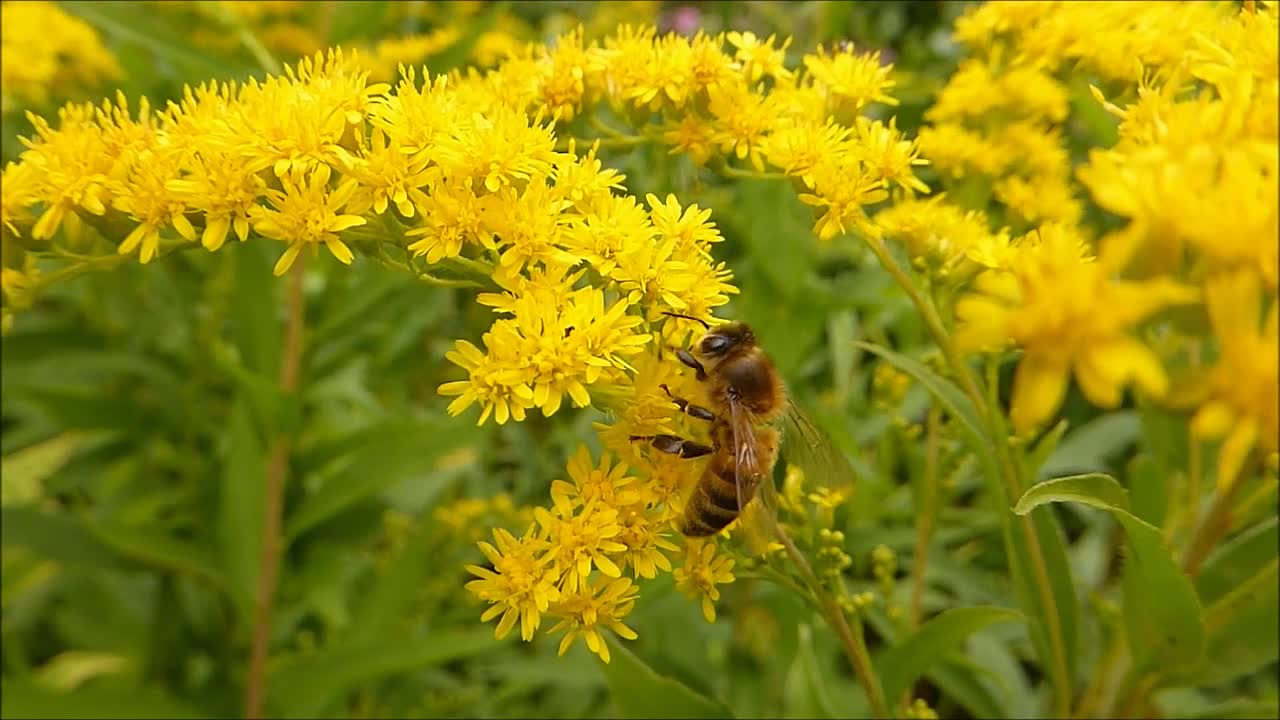
The life cycle of bees
Developed larvae
It has two feeding periods in which the hexagonal eye which contains the larvae is opened and the second the hexagonal eye is closed during which the cocoon is spun and turns into a virgin.
Larvae feeding period
Newly hatched larvae are crescent shaped without legs and are fed by workers for a period of (5) days for females (workers and queens) and (6) days for males, averaging (1300) times per day. The larvae molt (4) times during this period, and the larvae of the three individuals are fed royal food for the first three days of their life,
the queen's larvae continue to be fed intensively with royal food, and for the larvae of workers and males, they supplement their diet with bee bread made up of honey and pollen grains, which they provide them gradually until they are consumed firsthand, and since the stomach of the bee larva is not connected to its gut, it does not produce faeces.
The closed hug
Bee larvae moult four times, after which they stop feeding and cover their cells with porous covers of wax mixed with pollen grains to allow them to breathe, and the shape of the cover is convex in worker bees and more prominent. in males
The larvae of the bees complete their development during the period they spend under cover until the full insects emerge after this period, which varies from individual to individual, where they are 7 days in the queen, 13 days in the worker and 15 days in the male, passing the following stages
Spin the cocoon
The larva begins to spin a cocoon around itself immediately after the hexagonal eye is locked to it, and this takes one day in queen larvae, two days in worker larvae and three days in larvae. of males, then its body separates to form the head towards the wax covering which is lateral in the males and the workers and down in the royal houses.
Pre-virginal atrophy rest period
The larvae spend a period after spinning the cocoon two days of rest for the queens, three for the workers and four for the males
Developed full adult insect
Once the pupal period has passed, the adult insect breaks the cover by lending parts, it comes out weakened, it quickly becomes stronger, especially after drinking honey.
The life cycle of the three individuals of the bee colony
Evolution of the whole bee: egg, larva, virgin, insect
-
 4:04
4:04
floridabackcountryfishing
4 years ago2 Cycle Outboard Motor
150 -
 0:36
0:36
Teridale
4 years ago $0.01 earnedRhythm Cycle
89 -
 2:38
2:38
DailyVoice
4 years ago $0.01 earnedBurglars in cycle shop flop
15 -
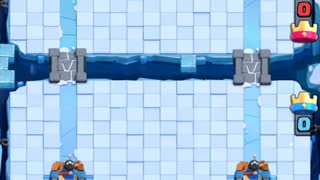 4:46
4:46
exec_order66
4 years agoHow to beat hog cycle
35 -
 7:02
7:02
KTNV
4 years agoBreaking the Cycle
156 -
 3:52
3:52
BmanTriathon
4 years agoBman Triathlon Cycle Cross Bike Pump Track
501 -
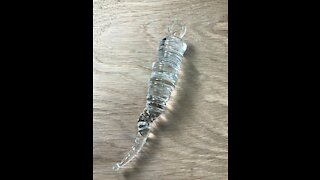 4:29
4:29
Nighthawk Creations
4 years ago $0.44 earnedMaking a Glass Ice cycle for tree
328 -
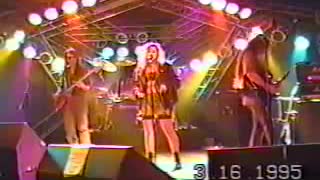 14:49
14:49
Tritchy
4 years ago $0.01 earnedSpin Cycle LIVE in 95 @ The Riv
60 -
 42:22
42:22
ASMRMagicboop
4 years ago $0.05 earnedWashing Machine Complete Cycle ~ ASMR ~
106 -
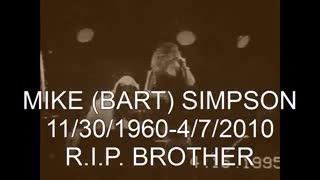 3:58
3:58
Tritchy
4 years ago $0.01 earnedSpin Cycle LIVE in 95 Hey Baby
102